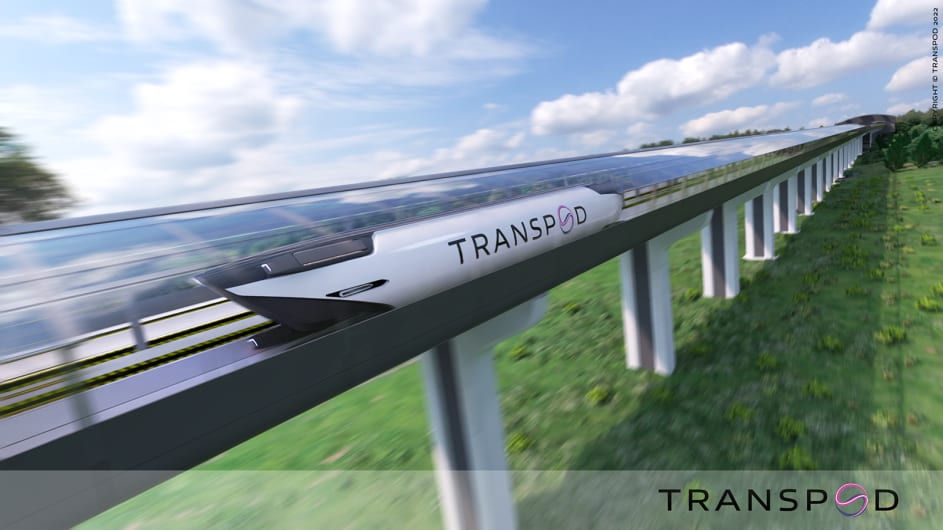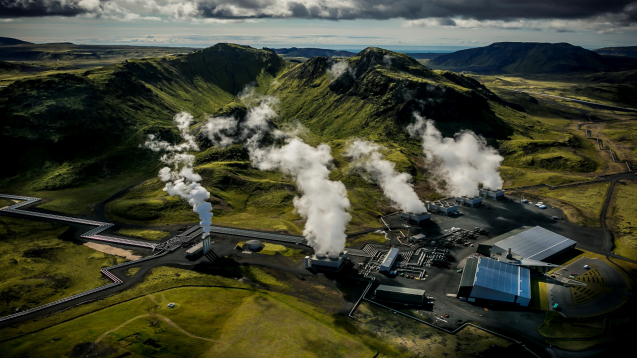A Canada-based company has unveiled plans for a new hyperloop train called “Fluxjet”, that’s capable to swift through at 1,000 km/hr, higher than that of an airplane.
Transport system has developed progressively, breaking the obstacles that companies are working on the plans to tour people around the world in just 4 hours (Boom technology) and in fact into space (Virgin Galactic). Hyperloop sits amidst the future transportations and a couple of companies perked at the technology, aiming for a speedy tube-train in cities where traffic is out of control.
A company called Virgin Hyperloop comes under the ‘hyperloop’ technology that promises for hyperloop trains at 463km/hr and had signed deals with UAE and India earlier. And now, the feat has been relayed by a Canadian company which had affirmed for a high-speed vacuum-tube train that can nimble faster than the plane, running at 1000km/hr.
Transpod’s FluxJet
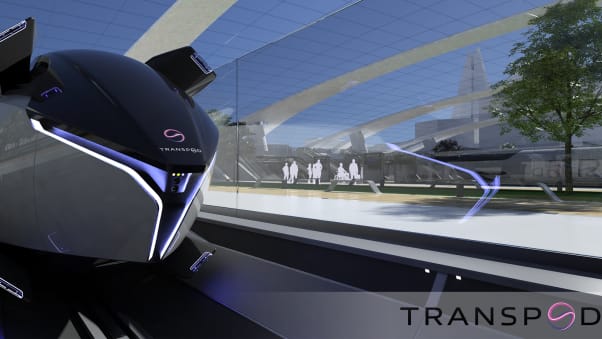
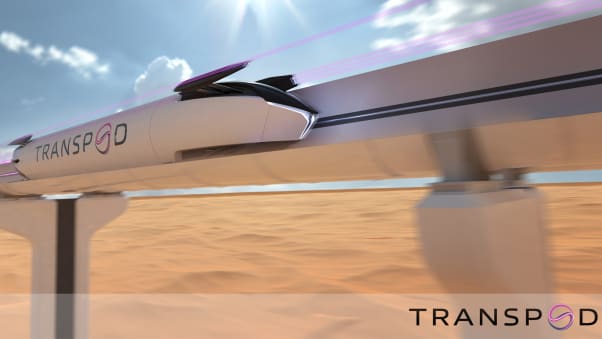
Transpod, a Canadian company has unveiled plans for a fully electric train which could travel at 1,000km/hr running through a vacuum tube, called as – Hyperloop train.
The train named as ‘FluxJet’ was announced by TransPod in its home city of Toronto, Canada and as stated by the firm, FluxJet will be propelled at ultra-fast speeds along a protected tube-guideway using groundbreaking technology based on a new field of physics called “veillance flux”.
FluxJet pods are magnetically levitated and the protected tubes allow them to flash through using aerodynamic and propulsion systems that have been designed to reduce friction. TransPod says the experience will “feel like accelerating smoothly on a jet runway, and then coasting at full speed inside the tube guideway.”
When is FluxJet coming?
FluxJet will be connecting the major cities and key locations of Canada, operating exclusively on a network system dubbed the TransPod Line.
As planned to float on tracks at 1000km/hr, the first phase of the project, linking the Canadian cities of Calgary and Edmonton, which are 300km apart, will be cutting the journey time from three hours down to 45 minutes. An estimated $18 billion worth infrastructure is demanded for this phase.
The project recites currently in R&D phase, focusing on environmental assessment and land acquisition.
The construction of the maglev-train is planned to start at the end of 2023, and the full line connecting Calgary to Edmonton will be wrapped up in 2027. The hyperloop train will be available for public transport before 2035.
Related Posts
FluxJet will be carrying 54 passengers and 10 tons of cargo at a time, with trains departing every two minutes, says TransPod.
Besides exemplary speeds, this new system will be drastically reducing highway traffic, on the go reducing CO2 emissions by around 636,000 tons per year, with creation of up to 140,000 jobs. And the ticket for riding in the train will cost 44% less than a plane ticket of the respective route.
“Discussions are simultaneously happening in Texas to connect Dallas to San Antonia, in the UAE to connect Dubai to Abu Dhabi and in Australia to connect Sydney to Brisbane,” says Sebastien Gendron, CEO and Co-Founder of TransPod.
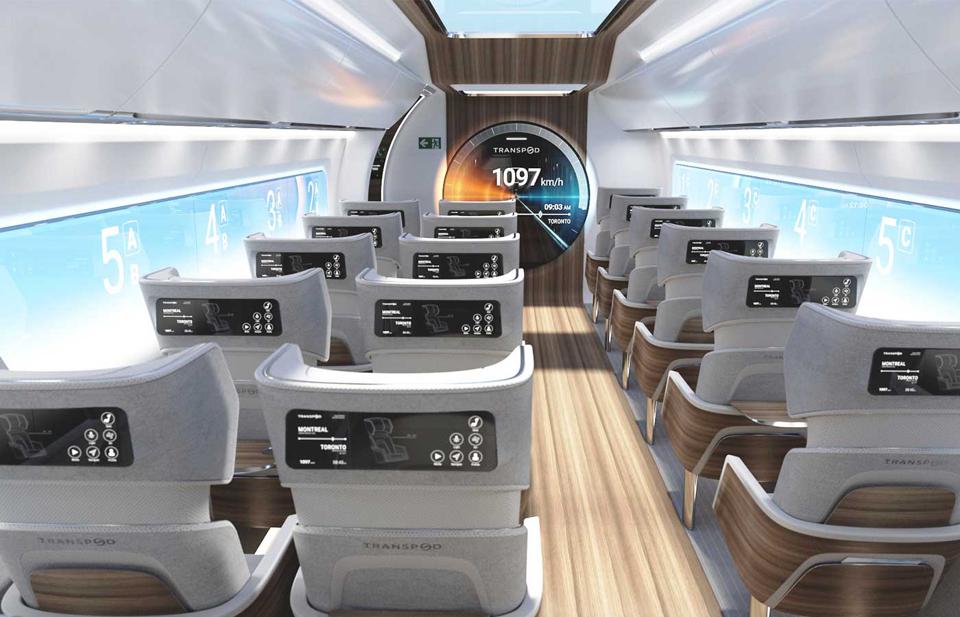
China on the other hand, tests for Maglev Cars, where the cars float on the roads, which takes the maglev technology to a greater extent, probably helping to reduce the energy consumption to a little. Doesn’t they all promise for a more innovative & efficient future transportation?
(For more such interesting informational, technology and innovation stuffs, keep reading The Inner Detail).
